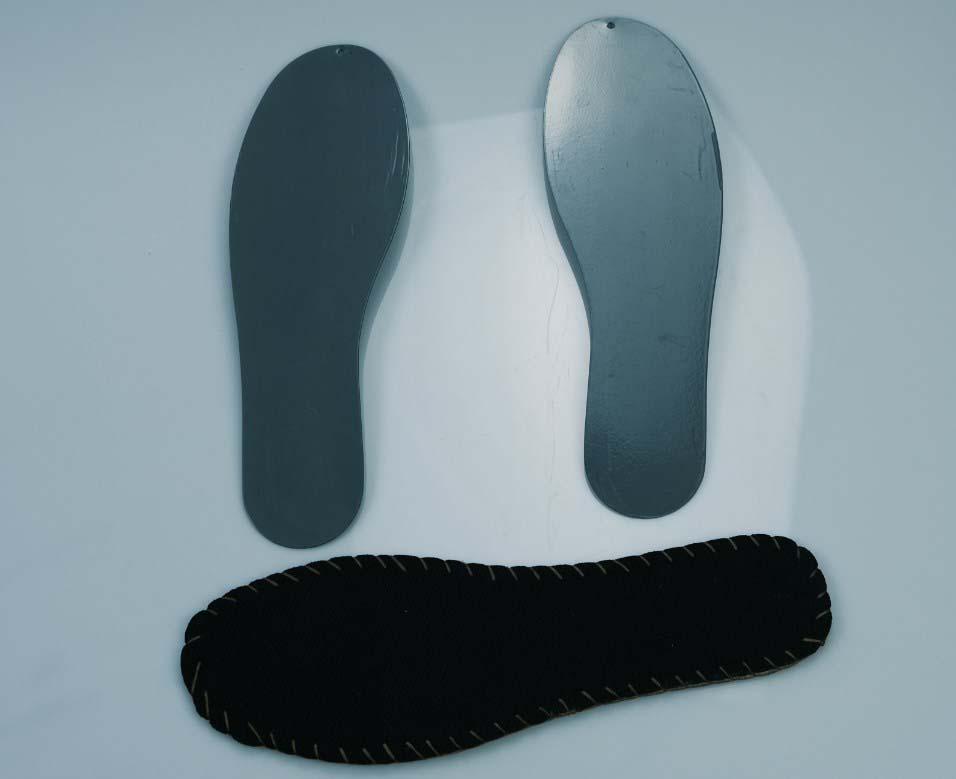- Phone:+86-17331948172 +86-0319-8862898
- E-mail: inquiry@puxingclamp.com
Nov . 29, 2024 14:24 Back to list
Automotive Radiator Hose Clamps Manufacturing and Supply Solutions for Vehicles
Understanding Automotive Radiator Hose Clamps A Comprehensive Overview
In the intricate world of automotive engineering, every component plays a crucial role in ensuring optimal vehicle performance and longevity. Among these components, radiator hose clamps, though often overlooked, serve a fundamental purpose. These clamps are essential for securing the radiator hoses that transport coolant between the engine and the radiator. Understanding their function, types, and manufacturing processes can provide valuable insights into their importance in automotive applications.
The Role of Radiator Hose Clamps
Radiator hose clamps are designed to hold the hoses firmly in place, preventing leaks and ensuring efficient coolant flow. Without proper sealing provided by these clamps, even the smallest leak could lead to overheating, engine damage, and considerable repair costs. The efficiency of a vehicle cooling system heavily relies on the integrity of these hose connections. As such, the selection of high-quality clamps is vital for automotive manufacturers and mechanics alike.
Types of Hose Clamps
There are several types of radiator hose clamps, each with its advantages and specific applications
1. Clover Leaf Clamps These are the most common type. They consist of a metal band that wraps around the hose and is tightened with a screw mechanism. Clover leaf clamps are trusted for their reliability and ease of installation.
2. Spring Clamps These clamps use a spring mechanism to provide constant pressure on the hose. They are advantageous in high-vibration environments, making them suitable for performance vehicles.
3. Wire Clamps Simple yet effective, wire clamps are often used for quick, temporary fixes. They can be adjusted easily, but they do not provide the same level of security as more robust options.
4. T-Bolt Clamps These are designed for heavy-duty applications. The T-bolt allows for a strong grip on larger hoses, making them popular in industrial and performance automotive applications.
5. Ratchet Clamps Offering precise tension control, these clamps are commonly used in performance vehicles where every ounce of efficiency matters.
Each type of clamp has its specific purpose, and choosing the right one depends on factors such as hose material, application, and pressure requirements
.automotive radiator hose clamps factory

Manufacturing Process of Automotive Radiator Hose Clamps
The manufacturing of radiator hose clamps involves several stages to ensure quality and durability. Here's an overview of the typical production process
1. Material Selection Most hose clamps are made from stainless steel or carbon steel due to their strength and resistance to rust and corrosion. The choice of material significantly impacts the durability and performance of the clamps.
2. Design and Engineering After selecting the appropriate material, engineers design the clamps using computer-aided design (CAD) software. This phase involves determining the dimensions, shape, and mechanism of the clamp to ensure it meets industry standards.
3. Cutting and Forming Sheets of metal are cut into the desired shape and size. Subsequently, they are either stamped or formed using specialized machinery to achieve the required curvature and features.
4. Finishing To enhance corrosion resistance and aesthetics, clamps often undergo surface treatments such as galvanization or powder coating. This step is crucial for clamps used in outdoor or adverse conditions.
5. Assembly If the clamp design includes multiple components (like screws and springs), these parts are assembled together.
6. Quality Control Before reaching the market, each batch of clamps undergoes rigorous testing for strength, durability, and leakage prevention. This step ensures that only the best products are delivered to consumers.
7. Distribution After passing quality checks, the clamps are packaged and distributed to suppliers, wholesalers, and automotive manufacturers.
Conclusion
In summary, automotive radiator hose clamps may be small components, but they are integral to the overall functionality and reliability of a vehicle’s cooling system. Understanding the different types of clamps, their manufacturing process, and their critical role can help automotive professionals make informed decisions on maintenance and repairs. As technology advances, the evolution of radiator hose clamps will continue to enhance vehicle performance, contributing to the safety and efficiency of modern automobiles.
-
Large Stainless Steel Adjustable American Type Hose Clamp - Hebei Pux Alloy Technology Co., Ltd|Corrosion Resistance&High Breaking Torque
NewsJul.30,2025
-
Large Stainless Steel Adjustable American Type Hose Clamp - Hebei Pux Alloy Technology Co., Ltd
NewsJul.30,2025
-
Large Stainless Steel Adjustable American Type Hose Clamp - Hebei Pux Alloy Technology Co., Ltd|Corrosion Resistance&Industrial Applications
NewsJul.30,2025
-
Large Stainless Steel Adjustable American Type Hose Clamp-Hebei Pux Alloy Technology Co., Ltd|Corrosion Resistance, Adjustable Design
NewsJul.30,2025
-
Large Stainless Steel Adjustable American Type Hose Clamp - Hebei Pux Alloy Technology Co., Ltd. | High Breaking Torque & Corrosion Resistance
NewsJul.30,2025
-
Large Stainless Steel Adjustable American Type Hose Clamp - Hebei Pux Alloy Technology Co., Ltd
NewsJul.30,2025




